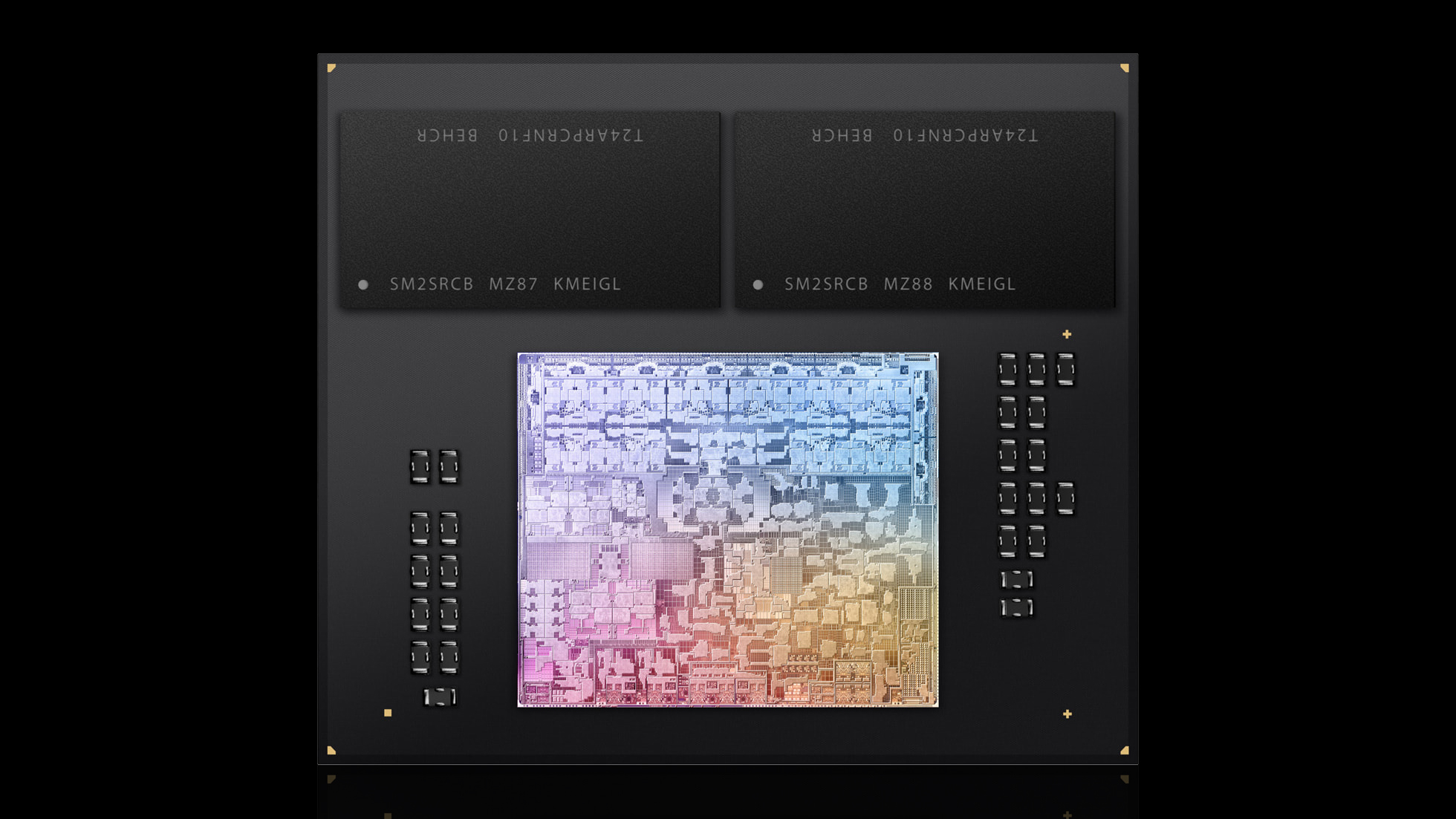
An Apple executive recently said in an interview that 8GB on the latest MacBook Pros is equivalent to 16GB on regular PCs. While Apple's unified memory architecture helps improve memory performance, it isn't a substitute for raw capacity. New benchmarks, courtesy of Max Tech, show that 8GB substantially limits the performance of Apple's cutting-edge M3 processor.
Anyone with a decent knowledge of hardware knows that having more memory is better for multitasking and specialized workloads, such as professional applications or content creation. Apple's claim about 8GB being "analogous" to 16GB on Windows is disputable since the company compares apples to oranges. It's beyond doubt that there will be a performance delta between the 8GB and 16GB, but the real question is just how much? Max Tech recently compared the 8GB and 16GB configurations of the 14-inch MacBook Pro to expose just how much of an impact the additional 8GB can make.
The performance hit is visible starting with Cinebench 2024, where the 16GB configuration delivered 11% higher multi-core performance than the 8GB configuration. More memory has a positive effect on browsing performance as well. As measured with Speedometer, the 16GB configuration offered 19% more performance than the 8GB configuration.
Not all benchmarks could run properly on the 8GB model, either. Max Tech reported crashing in Blender and Final Cut Pro during some export operations. Some options weren't available due to the lack of memory. For example, Blender's ray tracing acceleration was only accessible on the 16GB model. The unified memory architecture means that the CPU, GPU, and Neural Engine drink from the same memory pool so it isn't dedicated memory that only the CPU can access. The system turns to the SSD swap file when there isn't enough memory. Max Tech recorded swap file usage of up to 5.6GB on the 8GB model in some workloads.
Apple M3 Benchmarks
*Lower is better.
Multitasking significantly hampered the M3's performance when it only had 8GB at its disposal. Outside of a multitasking environment, the 8GB model completed the Lightroom Classic benchmark in 1:47. Factoring in five browser tabs increased the completion time by 12%, and having 20 browser tabs prolonged it by almost 3X. The 16GB model, on the other hand, didn't flinch a bit. Whether it was five or 20 browser tabs, it finished in 1:06. It was an impressive showing on the M3's behalf because it was only 4% slower than the previous M2 Pro (1:03) despite the latter having more cores.
In a direct comparison between the 8GB and 16GB M3 models, the latter concluded the Lightroom Classic benchmark in 45% and 79% less time with five and 20 browser tabs, respectively.
If we don't put multitasking into the mix, the 8GB configuration held its own as long as the workloads weren't memory-heavy. In Final Cut Pro, the 8GB model only took 6% longer to convert 4K ProRes RAW to ProRES. However, in a 4K MC in 8K to ProRES workload, the 16GB was 4X faster than the 8GB model. In Photoshop, the 8GB model took 41.25% longer than the 16GB model to photo merge ten 50-megapixel images.
The base model 14-inch MacBook Pro, which has 8GB of memory and retails for $1,599, may be acceptable for consumers who aren't heavy multitaskers or don't work with professional-grade workflows. However, suppose you're a professional user, and you absolutely need a Macbook Pro for your work. In that case, it makes sense to jump up to the 16GB configuration, even if it means paying Apple another $200 or potentially losing up to 4X the performance.







